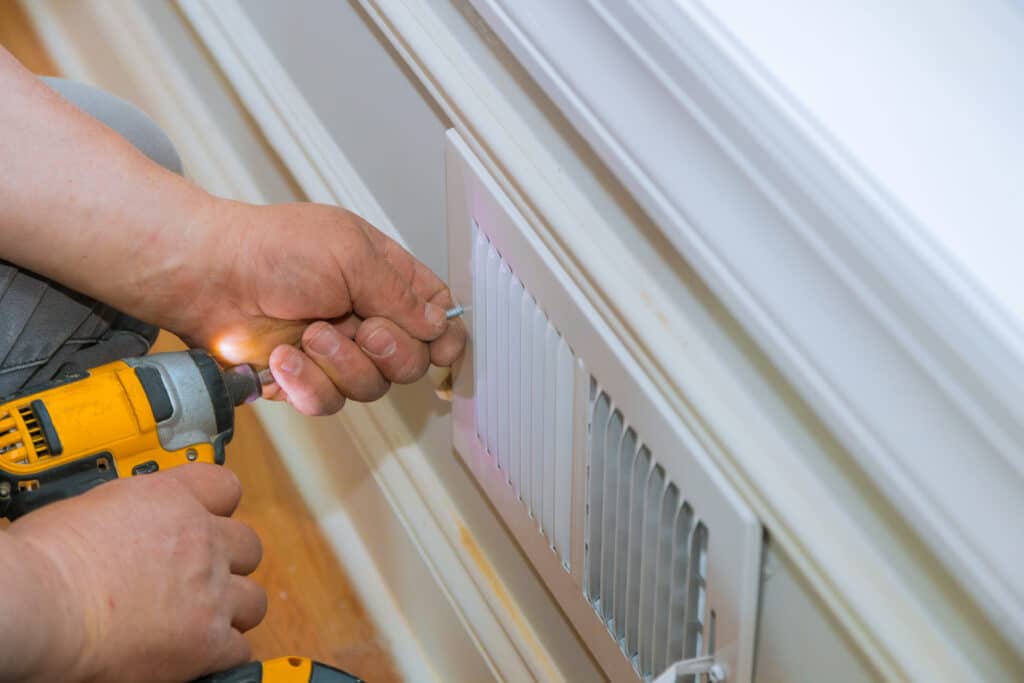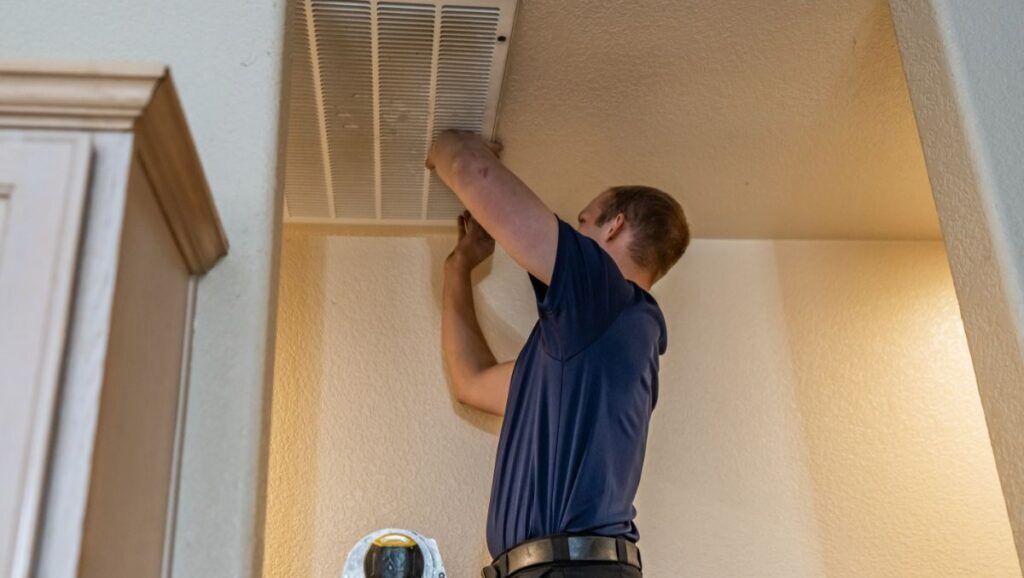Understanding the best time for duct sanitizing is crucial for maintaining a healthy and efficient home or business environment. Regular duct sanitizing ensures that the air circulating within your space is clean, reducing the risk of allergens and pollutants. This article will guide you on when to schedule this important task and why timing matters.

Why Duct Sanitizing is Important
Duct sanitizing plays a significant role in maintaining indoor air quality. Over time, dust, allergens, and other contaminants can accumulate in your ducts, leading to poor air quality and potential health issues. Regular sanitizing helps in removing these pollutants, ensuring that the air you breathe is clean and healthy.
Benefits of Regular Duct Sanitizing
There are numerous benefits to regularly sanitizing your ducts. Not only does it improve air quality, but it also enhances the efficiency of your HVAC system, potentially reducing energy costs. It can also help in prolonging the life of your HVAC system by preventing dust and debris buildup.
Identifying the Best Time for Duct Sanitizing
Determining the best time for duct sanitizing depends on various factors, including the season, occupancy levels, and specific needs of your home or business.
Seasonal Considerations
Many experts suggest that the change of seasons is an ideal time for duct sanitizing. During these times, HVAC systems often experience a change in use, and sanitizing the ducts can help in preparing the system for the upcoming climate.
Occupancy Levels
High occupancy levels can lead to increased dust and debris in your ducts. If your home or business has experienced a surge in usage, it might be time to consider duct sanitizing to maintain air quality.
Signs That Indicate It’s Time for Duct Sanitizing
There are several signs you might notice when it’s time to sanitize your ducts. These include unusual odors from the vents, visible dust on vent covers, or an increase in allergy symptoms among occupants.
Odors and Dust
If you detect strange smells coming from your vents or notice a layer of dust on vent covers, it’s a clear sign that your ducts need sanitizing. These are indicators of accumulated contaminants that need to be addressed.
Health Symptoms
Increased allergy or asthma symptoms can also signal the need for duct sanitizing. Cleaner ducts mean fewer allergens circulating in the air, contributing to a healthier environment.
Steps for Effective Duct Sanitizing
Proper duct sanitizing involves several key steps. It’s often recommended to hire professionals who can ensure thorough cleaning and sanitizing of your ducts.
Professional Duct Sanitizing Services
Hiring professionals for duct sanitizing is beneficial as they have the right tools and expertise to clean your ducts thoroughly. They can also identify any issues within your HVAC system that might need attention.
For more detailed information on choosing the right service, you can refer to this guide.
DIY Duct Sanitizing Tips
While professional services are recommended, there are simple DIY steps you can take to maintain your ducts between professional cleanings. Regularly changing filters and keeping vents free of dust can help in reducing the buildup of contaminants.
Choosing the Right Time for Your Needs
The best time for duct sanitizing ultimately depends on your specific situation. Consider the factors mentioned above and assess your needs to determine the optimal schedule for your sanitizing efforts.
Consideration for Businesses
For businesses, scheduling duct sanitizing during off-peak times can minimize disruptions. This ensures that the process doesn’t interfere with daily operations while maintaining a healthy environment for employees and customers.
Consideration for Homeowners
Homeowners might find it convenient to schedule duct sanitizing during seasonal transitions or when planning extended periods away from home, ensuring a fresh environment upon return.

FAQs
What is the ideal frequency for duct sanitizing?
It is generally recommended to sanitize your ducts every 2-3 years, but this can vary based on specific circumstances and environmental factors.
Can I sanitize the ducts myself?
While professional services are ideal, you can perform basic maintenance tasks such as changing filters and cleaning vent covers to reduce buildup.
How do I know if my ducts need sanitizing?
Signs such as unusual odors, visible dust, or increased allergy symptoms can indicate the need for duct sanitizing.
For more information on improving indoor air quality through duct sanitizing, you can visit this link. Additionally, understanding the process of duct cleaning can be helpful, and you can learn more from this external resource.
This article contains affiliate links. We may earn a commission at no extra cost to you.